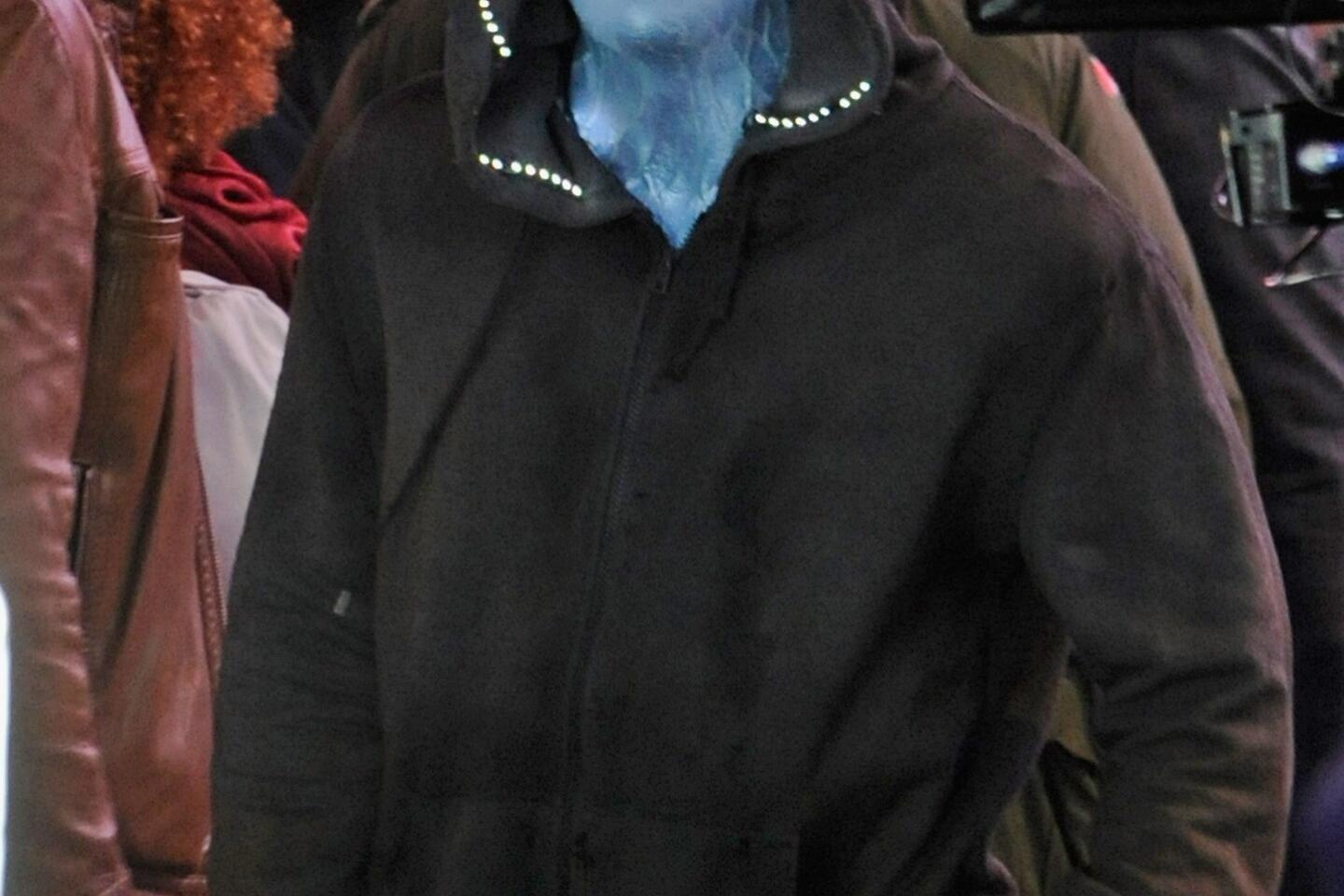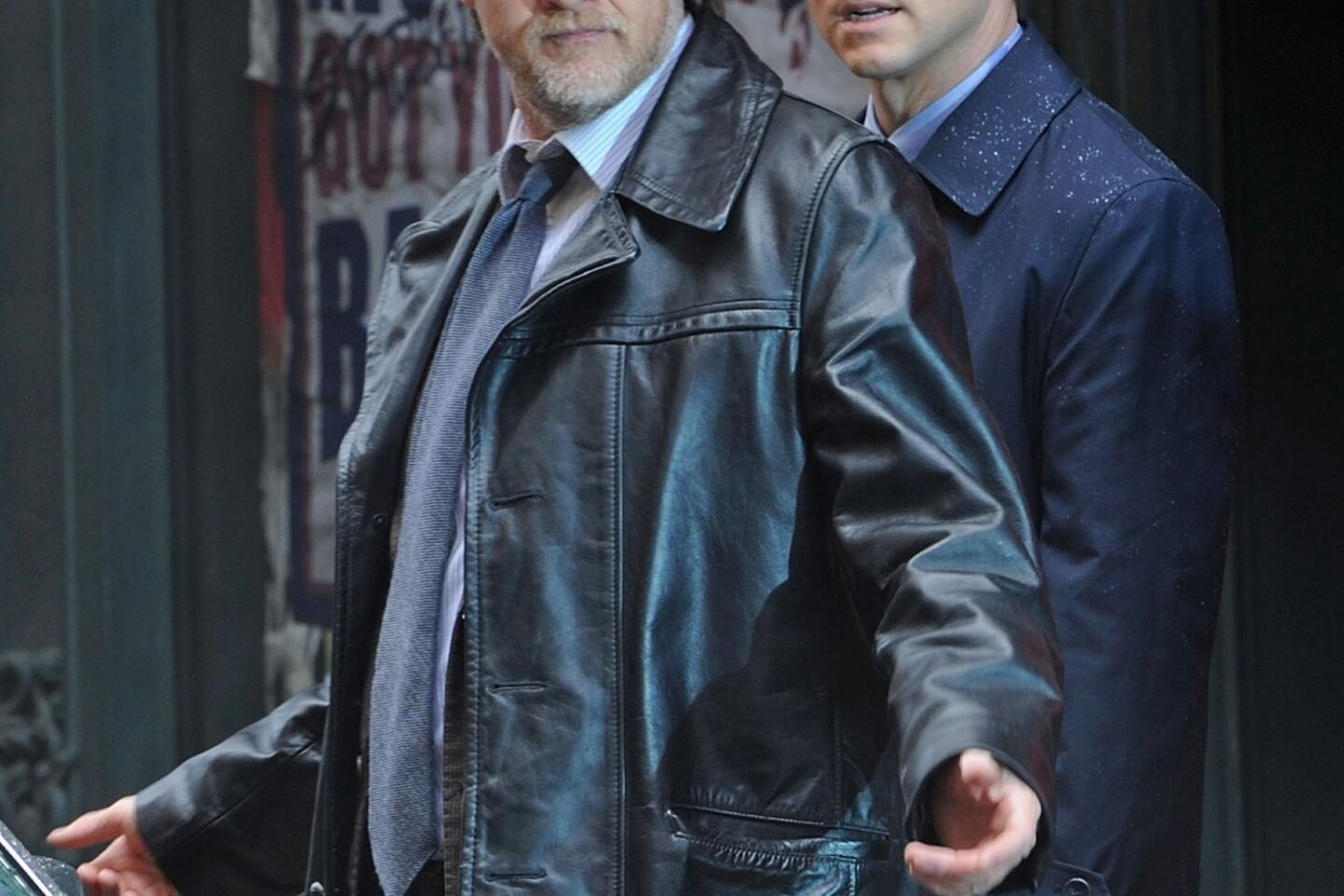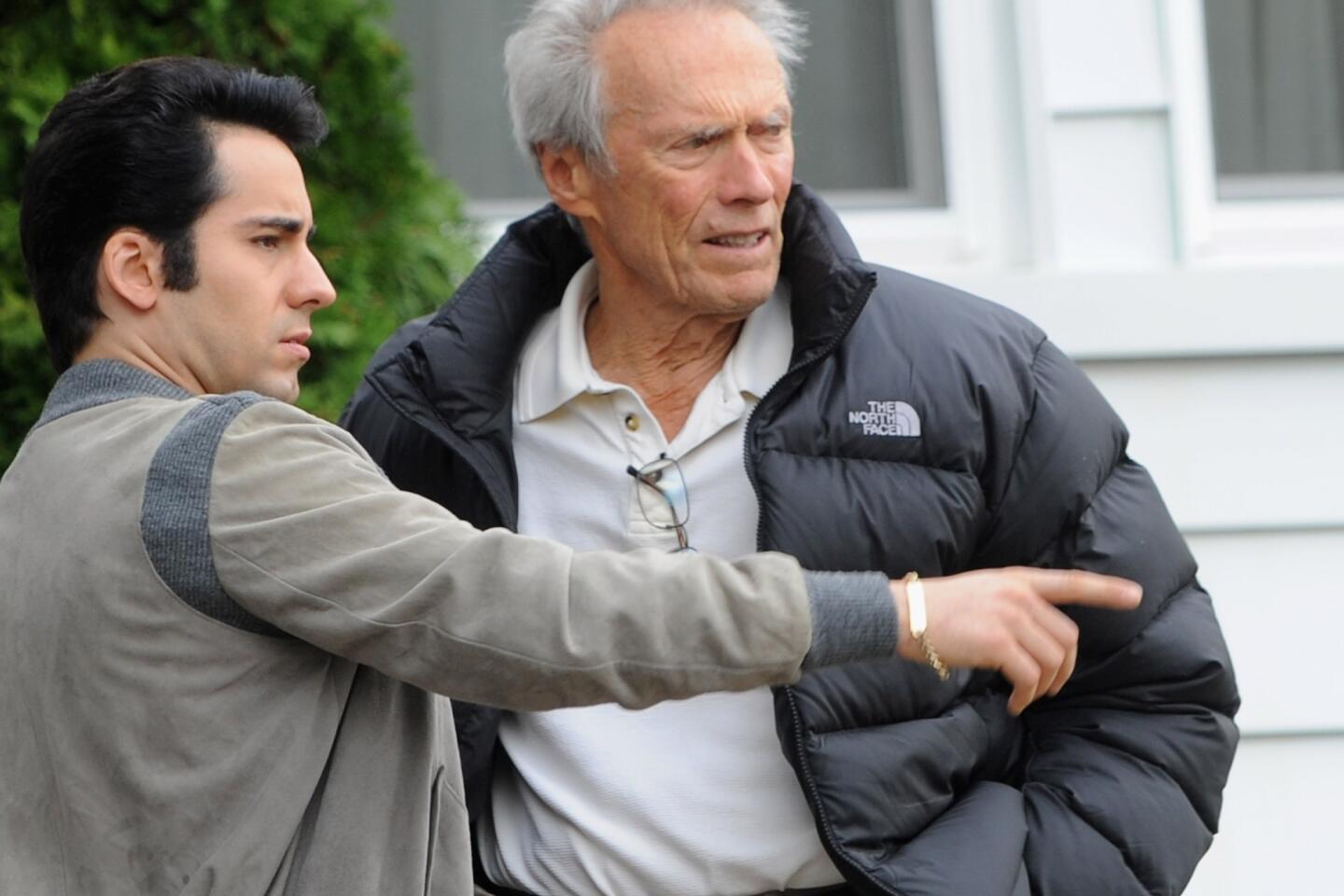TV networks build drama and ratings with ‘diva’ model
Diva Rule No. 1: Know how to make a big entrance. Diva Rule No. 2: Know how to make a big exit.
Diva Rule No. 3: Do these things as often as humanly possible.
The return earlier this month of ABC’s “Once Upon a Time” marked the end of the midseason premieres. By the end of the month, the premieres of the midseason replacements should also have concluded, giving us a few blessed weeks of “normal” television viewing before the actual season finales begin.
If you’re confused about the difference between a midseason premiere and a midseason replacement premiere, the answer is increasingly “not much.”
PHOTOS: Faces to watch 2014 | TV
Technically, a midseason replacement is a brand new series held from the fall lineup to be debuted after the first of the year. But with all the pomp and publicity surrounding the return of fall shows from the winter hiatus, they might just as well be new shows.
Certainly, the writers are happy to hit the reset button, often using the opportunity to shift narrative focus and tone. Instead of a broadcast season of about 22 episodes and a cable one that is roughly half that, viewers these days are often being served up two miniseasons — a change in both form and function that amps up TV’s already high diva quotient.
The winter hiatus has always been with us. But now, with television’s newfound star status and the Internet-driven demand for recapping, it isn’t surprising that networks have turned this once irritating necessity into a full-blown marketing event.
Where once a series might produce a “special” holiday episode before slipping quietly into reruns from mid-December to January, it has now become de rigueur to double-down on drama with midseason finales and premieres. All of which results in the sort of hypnotic roller-coaster relationship many of us have spent years in therapy learning how to avoid.
Love me? I need some alone time. Miss me? I’m back, but it’s only a few weeks to finale, when I will possibly kill off another beloved character.
BEST TV OF 2013 Lloyd | McNamara
In the Dec. 1 midseason finale of “The Walking Dead,” for example, virtually every major character either wound up dead (Can we ever forgive Hershel’s death? Discuss.) or missing in action (Should infants be used in such a manner? Discuss.). Fans had to wait until Feb. 9 to find out who exactly survived and/or where they ended up.
And it isn’t just established shows that now gleefully manufacture major midseason crises to keep viewers hooked. NBC’s “The Blacklist” was just a few months old when its lead character, Red (James Spader), was abducted from the FBI and then escaped, allowing that show’s midseason premiere to promo the tagline “He’s back.”
Agent Coulson (Clark Gregg) also went missing in the midseason finale of “Marvel’s Agents of S.H.I.E.L.D.’s” — the follow-up midseason premiere “finally” explained how a character could die in a movie and be resurrected on a TV show. Meanwhile, Fox made fans of its 13-episode sleeper hit “Sleepy Hollow” wait almost a month between the revelations of Episode 10 (Ichabod will sell Abby’s soul!) and Episode 11(He swears he won’t!) before airing the remaining two as a double-hour finale a week later.
So, a premiere and a finale within a week of each other? Because a resurrected Colonial soldier and the four horsemen of the apocalypse aren’t dramatic enough.
The new “diva” model seems to be working. Media outlets, including this one, dutifully drum up anticipation for midseason farewells and returns, while fans use the time between one and the other to speculate via social media on the shocks and reassurances that await them. “The Walking Dead’s” midseason premiere drew almost 16 million viewers and beat even the Winter Olympics in the coveted 18-49 demo. Even ABC’s “Scandal,” which had hit a ratings plateau, saw a sizable bump for its midseason finale.
PHOTOS: Families that changed TV
But this choreographed season interruptus is changing the very nature of television. A season bifurcated by a finale and a premiere requires two sets of climaxes, and subsequently two episodes designed specifically to hook the audience. Which sounds and increasingly plays like two separate seasons.
For shows on the Big Four networks, this seems like a natural and welcome development. As the Emmys race makes abundantly clear, the 22-episode broadcast network show has a difficult time competing against its sleeker nine- to 12-episode cable counterparts for artistic cred, a coin that has become almost as valuable as audience size.
Although the writers rooms must still valiantly produce those 22 episodes, it’s easier to tell compelling uber-narratives when the season is sliced in half. And during the holiday doldrums, when everyone is presumably too busy DVR-ing “It’s a Wonderful Life” to keep up with CBS’ “The Good Wife,” much less darker dramas like “The Walking Dead,” it seems natural to leverage the form for the function.
Shows like “Walking Dead,” meanwhile, are chopping narrative into even smaller portions — AMC’s “Breaking Bad” strung its “final season” out for two years; the same network’s “Mad Men” is poised to do likewise. These prestige divas offer the limited-edition feel of BBC productions like “Sherlock,” airing in the U.S. on PBS, or BBC America’s “Luther,” which air in trilogies or quartets and prove that absence can indeed make the viewer heart grow fonder. Or at least more obsessive.
What defines this new age of syncopated television is neither the technology nor the quality. It’s the variety. Stories come in all shapes and sizes now, unlike the traditional mold, where television was committed to either the short-short (the television movie) or the serial (the open-ended series).
New and multiple platforms may be a headache for chief financial officers everywhere, but they are catnip for writers, directors and actors who now have the freedom to experiment in a way that hasn’t been allowed since TV’s earliest days. The increasingly lush biosphere created first by premium cable (“Sex and the City,” “The Sopranos”) and then basic cable (“Mad Men,” “Breaking Bad”) is now ablaze with tonal poems like “Rectify,” brilliant oddities like “Getting On” and irregular bloomers like “Sherlock.”
Once the most important season in the TV calendar year, fall, though still chockablock with new shows, is slowly losing its grip. Series debut year ‘round now, and even those that begin in the fall regularly renew their vows come winter.
More to Read
The complete guide to home viewing
Get Screen Gab for everything about the TV shows and streaming movies everyone’s talking about.
You may occasionally receive promotional content from the Los Angeles Times.














































